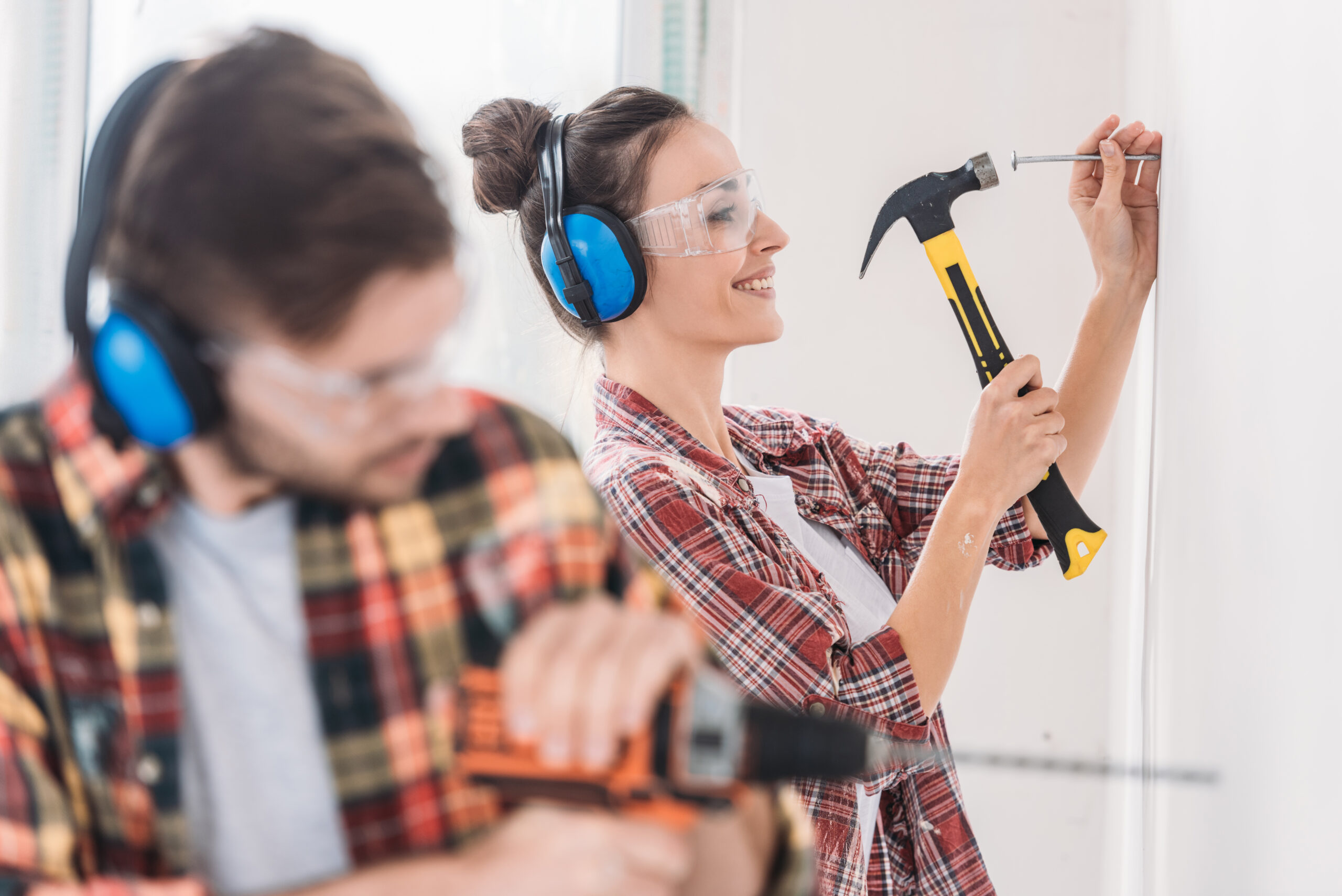What is a Purchase Plus Improvements Mortgage?
This program lets you borrow up to a certain percentage of the cost of home improvements and add it to the price of the home, putting it all into one easy-to-handle mortgage payment. The renovations can begin as soon as you take possession of your new home.
A Purchase Plus Improvements (PPI) Mortgage is a versatile mortgage program that allows you to buy an affordable home requiring repairs; it also lets you tailor the renovations to your taste and needs.

Who is a Purchase Plus Improvements Mortgage for?
Purchase Plus Improvements is a loan option for buyers who want to buy or refinance a property that needs some upgrades.
These are the minimum equity requirements in order to qualify for a PPI:
- For homeowner loans, the minimum equity requirement for 1-2 units is 5% of the first $500,000 of lending value and 10% of the remainder of the lending value.
- For 3-4 units, the minimum equity requirement is 10%.
- And for small rental loans, the minimum equity requirement is 20%.
How does a Purchase Plus Improvements Mortgage work?
First, determine what renovations your new home needs and then estimate the cost.
Note: All of the upgrades, including paint, cabinets, flooring, roofing, and furnaces, must be permanent in nature.
Budget Rates can help you secure a mortgage based on the property’s as-is condition.
After that, you’ll need to receive firm price estimates for the renovation work from licensed contractors, making sure that these quotes precisely describe the work that will be executed.
Following that, Budget Rates will update your mortgage application to incorporate the cost of renovations. Lenders set the maximum renovation costs that you can roll into your mortgage.
At this point, you’ll be able to take ownership of your new home and begin making improvements.
Any company you trust to do high-quality work on the renovations can do the work.
You are free to use any payment option you like to cover the cost of the renovations. For instance, you can decide to use a credit card or line of credit that you already have.
After the renovations are finished, the lender will release the renovation funds so you can repay yourself.
When the renovations are complete, a bank representative will verify that they have been executed according to the specifications.
The lender will give instructions to a third party (such your notary or lawyer) on how to release the money for your renovations. These funds can be used to pay off your initial high-interest loans so that the repair costs are transferred to your low-interest mortgage.

What are the advantages?
With refinancing, you could:
- You could make money over time.
Upgrades and repairs boost the value of fixer-uppers, increasing ROI. If the home needs a significant renovation, the buying price may be significantly lower depending on the area. At times, PPI Mortgages also take into consideration the property’s appraised, estimated post-improvement value. - Your new property can be customized.
A PPI Mortgage provides funding for tailored, non-structural modifications that create value. They include the choice of paint, flooring, cabinets, countertops, and other aesthetic improvements. - Loan requirements are slightly less stringent.
Requirements for PPI Mortgages are more lenient than those for conventional mortgages, including credit history, minimum loan amounts, and debt-to-income (DTI) ratios. - Sometimes only a 5% down payment is necessary.
PPI Mortgage down payments are also substantially cheaper than conventional loan down payments; with as little as 5% of the selling price, you can purchase your ideal home. You’ll have extra money to spend on things like new furniture and moving costs. - You won’t blow your entire budget all at once.
Because you will be making the improvements to either your new or existing house using funds from a loan, you will not need to come up with a significant sum of money all at once.
What are the disadvantages?
- You can only buy a home with so many units.
PPI mortgages allow customers to acquire multi-family properties as long as the building has no more than four units. - Only some improvements are covered.
Prior to approval, all repairs and improvements must be described and itemized. It’s also a good idea to check the specific items and dollar amounts that are covered. - You will still need to guarantee loan repayment.
Even though private mortgage insurance (PMI) isn’t required, you’ll have to pay upfront guarantees and annual fees for this loan because the down payment is so low. - It’s not suitable for turnkey home borrowers.
While some people might be eager to remodel and personalize a house, others would rather buy a home that move-in ready. Alternative lending choices are beneficial for buyers who are not interested in making major changes to the next house they purchase.
What do I need to get started?
A purchase plus improvements mortgage is an incredible strategy to buy a property, and cover the cost of renovations.
Like a traditional mortgage, this loan provides you with funds to buy the house, plus additional funds to put into fixing it up. The major benefit of a PPI mortgage is that it covers the cost of renovations, so all you have to do is make mortgage payments. No extra payments are required for any other loans.
A purchase plus improvements mortgage allows you to pay for necessary repairs and upgrades without having to worry too much about getting approved for two separate loans.
Do you think this may be the solution for you?
Contact us today! We’ll assess your requirements together, and look at all the options available to you.
If this is the optimal choice, we’ll set the process in motion so you can take the necessary steps on your path to home ownership!

